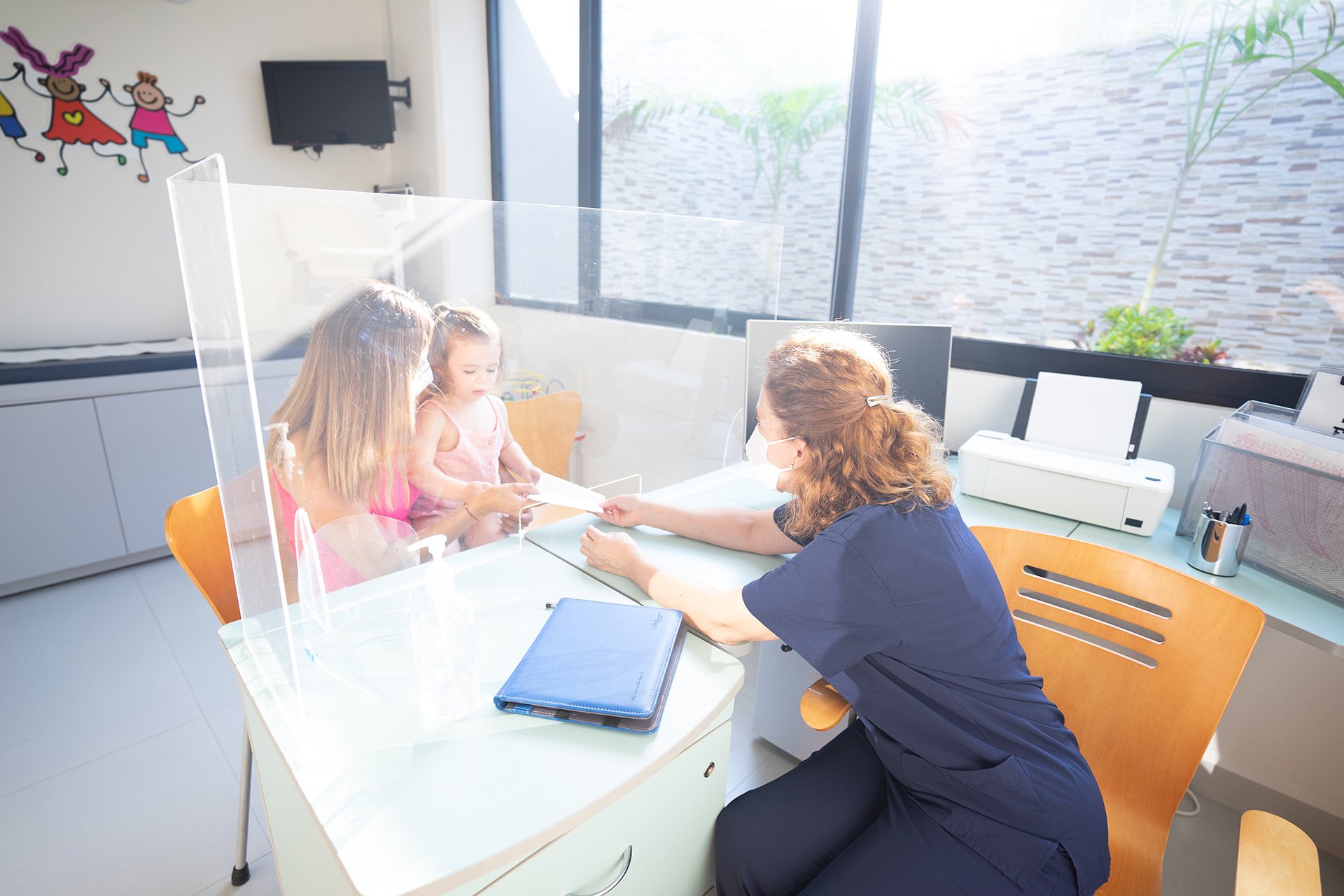
This week, we join thousands of organizations across the country in observing Suicide Prevention Week. Generating awareness is more critical than ever – these days, suicide is the 10th leading cause of death in the United States and is even more common among young people. The suicide rate has increased sharply in the past decade – by recent estimations, one person dies by suicide every 11 minutes in our country. These numbers may feel overwhelming or disempowering – the fact remains, however, that suicide is a public health crisis, and with diligent care, it is preventable.
Suicide’s Ripple Effect
When a person commits suicide, the tragic impact is felt by their family, friends, and people in their extended community. The hardship loved ones experience when they lose someone to suicide has a dramatic ripple effect and contributes to a broader pattern of violence, lack of mental support, and hopelessness. Suicide rates fail to consider the number of people who attempt suicide, plan to commit suicide, or who have seriously thought about suicide - as many as 17 million Americans each year fall into one of these categories. This staggering number reflects the immense impact felt by those who are severely depressed or who have known someone who died by suicide. It is a relief that up to 90% of people who attempt suicide and survive are then able to go on with their lives. However, contemplating or attempting suicide often results in serious physical, emotional, and economic difficulties that can last decades.
Self-harming behavior or attempts at suicide commonly lead to long-term injuries, prevent a person from seeking gainful employment, and can cost families enormous medical sums. By one estimate, the average cost of a single suicide is $1.3 million, factoring in work loss and the price of healthcare. This economic burden hardly holds a candle to the social and emotional toll that suicide takes on families and communities. According to one study, knowing someone who died by suicide has a profoundly traumatic mental health impact that expresses itself through long-term grief, depression, PTSD, and suicidality.
Risk Factors for Suicide
There is a definite pattern associated with suicides and more widespread suicidal behavior. When a person is exposed to repeated instances of violence or traumatic, shocking experiences, they are more likely to feel mental health disturbances and are at an increased risk for suicide themselves. This is particularly true for individuals with severe depression, a history of substance abuse, or in cases where a person has witnessed, perpetrated, or been the victim of a violent act. Relationship issues can also increase a person’s suicide risk if they are in volatile or high-conflict households, are lacking social support in their family or community, or are burdened by financial stress. People who feel isolated, unable to take proactive measures for their health, or who are unable to seek care for emotional and psychiatric distress are more likely to turn to suicide. The stigma associated with mental illness and treatment can be paralyzing to some. All too often, suicide attempts happen because of barriers to proper health services, mental health evaluations, and care.
As with so many mental health difficulties, marginalized people experience the highest suicide rates – notably Native American populations, LGBTQ people, and populations that are afflicted by poverty. Social, economic, and racial inequality play a role in many of suicide’s most pronounced risk factors – notably, the lack of a social safety net.
As mentioned, young people are particularly prone to suicide attempts. In people ages 14-34, suicide is the second leading cause of death; it is the third leading cause of death in young people ages 10-14 years. Disturbances and emotional upset that occur in childhood are major contributing factors for young adults – and the impact of childhood trauma increases suicidal behavior for people much later in life. These issues are of particular interest to us at Maryvale, where we work to cultivate physical and mental health, stability, and connectedness to empower young people to lead fulfilling lives.
Preventing Suicide
If you or someone in your life is considering suicide, please seek help immediately. The American Foundation for Suicide Prevention is waiting by the phone to connect with people in crisis. The National Suicide Prevention Lifeline is another option for immediate support.
The Center for Disease Control has several compelling strategies to reduce suicide risk in vulnerable populations on a longer-term basis. The first of these involves increasing economic access and helping to stabilize housing, living conditions, and financial wellness.
A valuable preventative approach is to promote a sense of connectedness, interdependence, and purpose on a community level. By reducing isolation and forming bonds among neighbors, schoolmates, colleagues, etc., communities can establish a culture of care and resilience that are essential counterpoints to suicide risk. Learning and finding ways to cope, solve problems, and gain social-emotional skills can also be community endeavors. Group therapy, trauma-informed education, and practicing healthy family relationships are just a few ways to surface coping skills among trusted groups.
In relationships, work carefully with at-risk people to help reduce any possible sources of stress and remove instruments of harm or substances from their environment. To do this, close friends and family members should be in frequent contact with the person in question, remind them that they are cared for, and build their trust. When dealing with a person who has already mentioned, planned, or attempted suicide, “postvention” comes into play. During this process, close relationships function as a salve to help the healing process and to bring hope, energy, and a sense of a positive future.
At Maryvale, we take mental health matters very seriously and integrate connectedness, community, and a sense of belonging into our many offerings. From early education to after-school programs, residential services, and mental health support, we have the people and expertise in place to support long-term healing. If you’re interested in learning more about our programs or building integrated mental health conversations into learning, get in touch.






